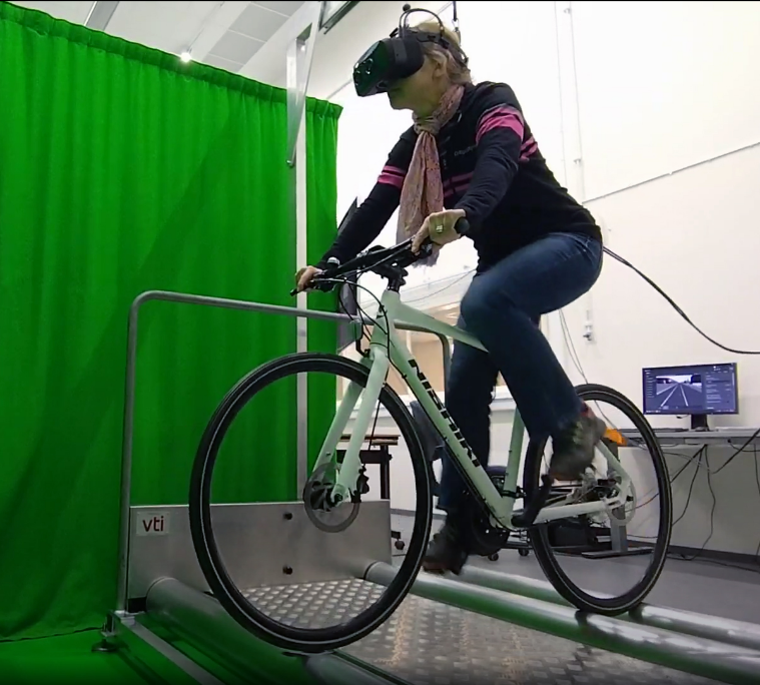Cycling on rural roads – removing barriers in focus in new SAFER connected project
Have you ever held your breath, focusing intently on keeping your bike within the extremely narrow shoulder, avoiding the ditch, while cars and trucks zoom past you with just meters to spare? You are not alone! Many rural cyclists experience this, and it seems there will be even more in the future. Because one thing is certain: we need more active travelers to transition to a sustainable transportation system. But how can we accelerate this transition without jeopardizing the lives of these pioneers, who are leading the way towards a sustainable lifestyle? This is the question a new project in SAFER's portfolio aims to answer!
Identifying barriers that make cycling unpleasant
National and global sustainability goals require an increased knowledge of human behavior and lifestyle. Active travel is often proposed as a solution for increased sustainability in urban environments, but also has great potential on rural roads - an area where research currently is very limited. The project's objective is to make the road network more accessible for cycling by identifying barriers that make cycling unpleasant and measures that can lead to increased comfort. Barriers in the traffic environment that prevent cycling in rural areas can include big roads that are difficult to cross, roads that, due to design or traffic intensity, are perceived as unpleasant in longitudinal traffic, that is when riding along them. Identification of barriers and possible measures is based on empirical data and the results of workshops with different actors with relevant competence.
Proposing measures
A recent survey will be the basis for an analysis of how different road users groups experience overtaking, how comfortable they feel in the situation and how the interaction could be made safer and more pleasant. Some of the proposed measures will be tested in an innovative cycling simulator that offers a realistic cycling experience to capture the subjects' feelings and sensations. The barrier effects and potential of countermeasures are quantified using a GIS-based tool by applying the results to one or more rural communities in the analysis. In the long term, the results can contribute to considering active travellers' experiences in the design of the transport system. This can lead to an increased share of cycling and other active transport in rural areas, which benefits the climate, public health, inclusion and the ecosystem.
Improving accessibility on rural roads
As part of SAFER's pre-study "How we roll," VTI has developed a cycling simulator, which will play a pivotal role in this project. By empirically identifying the factors that determine whether an overtaking maneuver is perceived as "reassuring" by the cyclist being overtaken, we aim to enhance safety, comfort, and accessibility on rural roads. Led by Katja Kircher from VTI, the project is scheduled for completion by the end of October 2024. Collaborating SAFER partners include If Insurance, VTI together with POC, and Ramboll Sweden AB.

